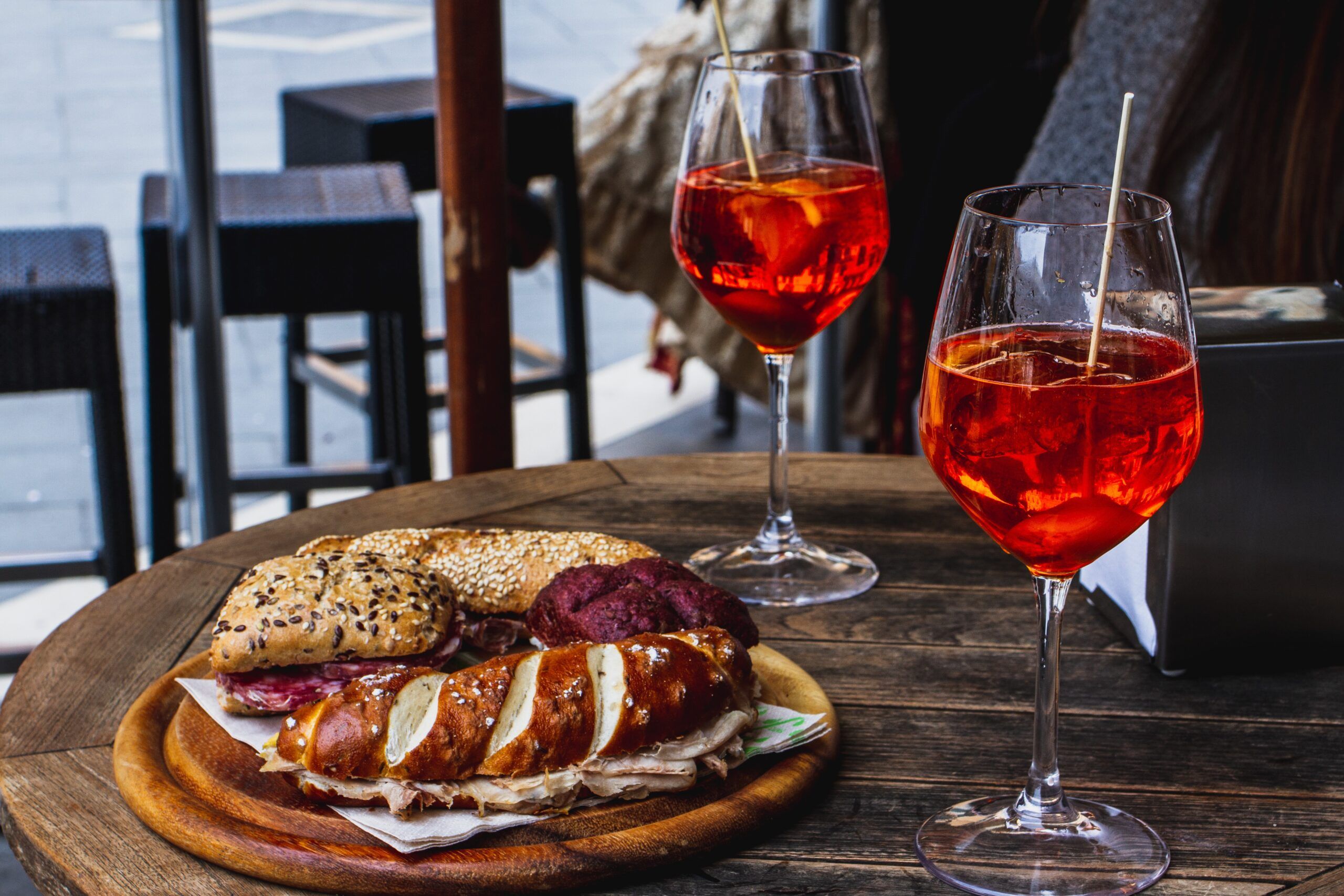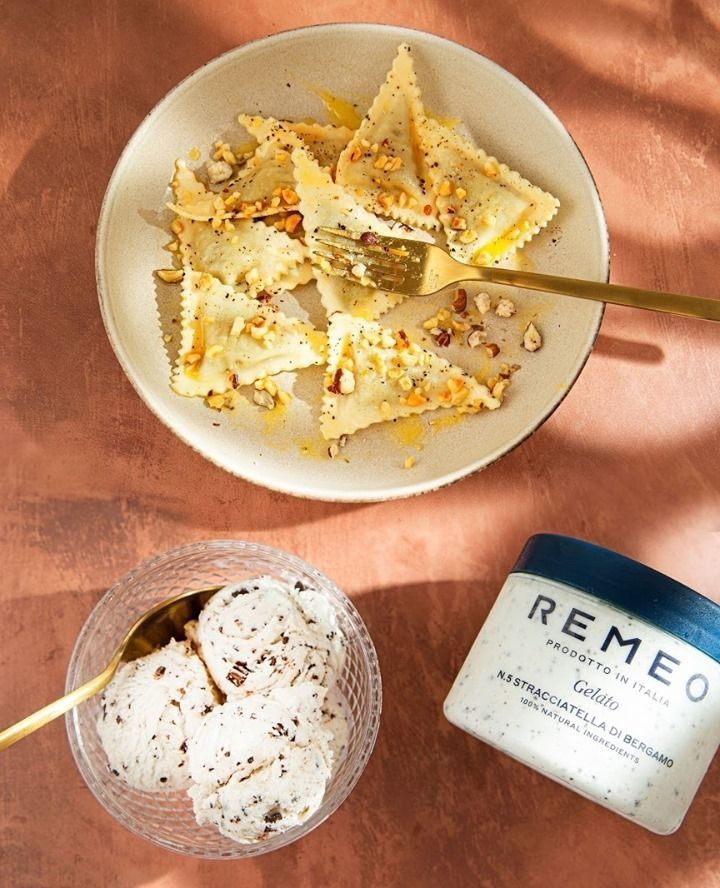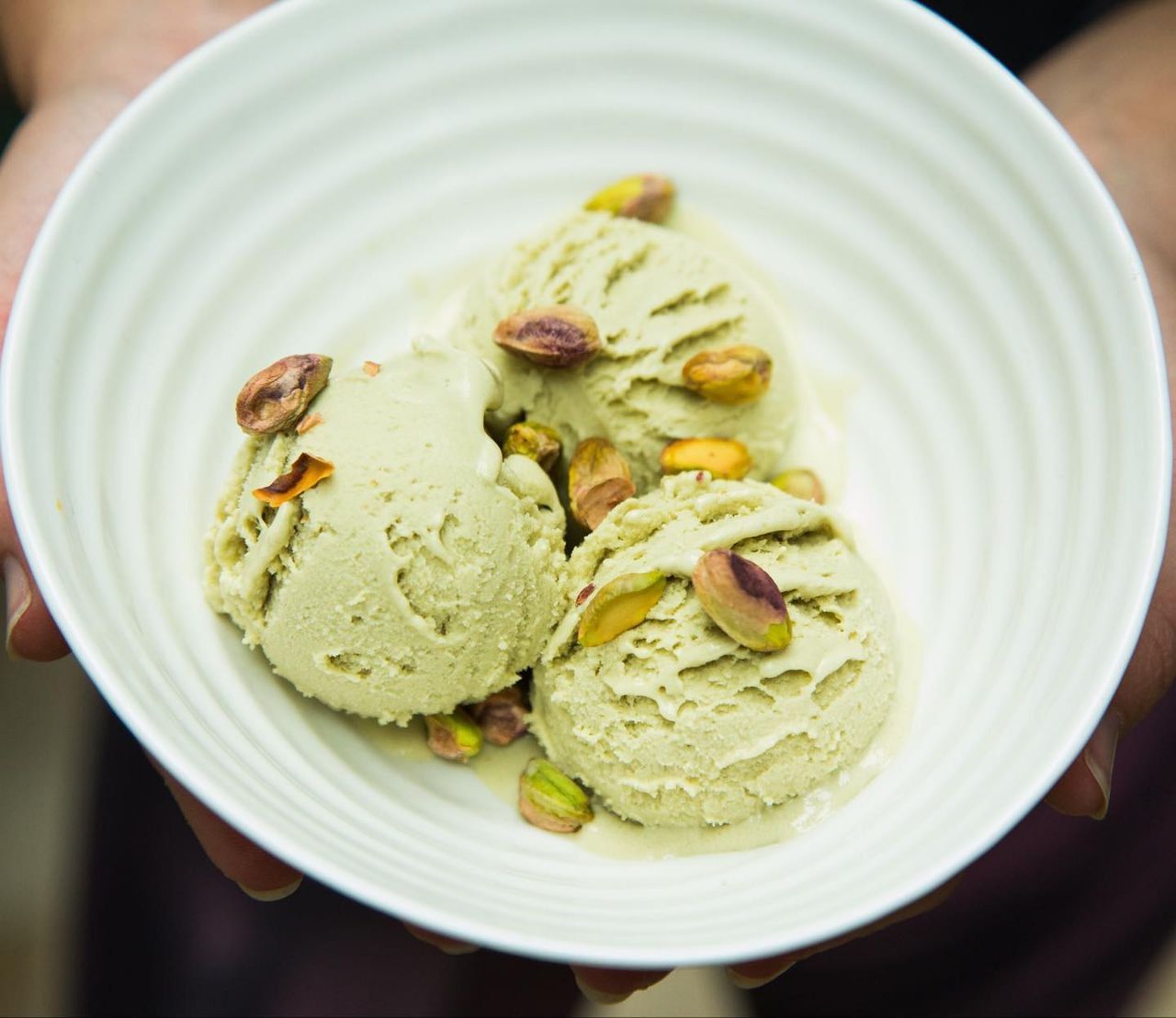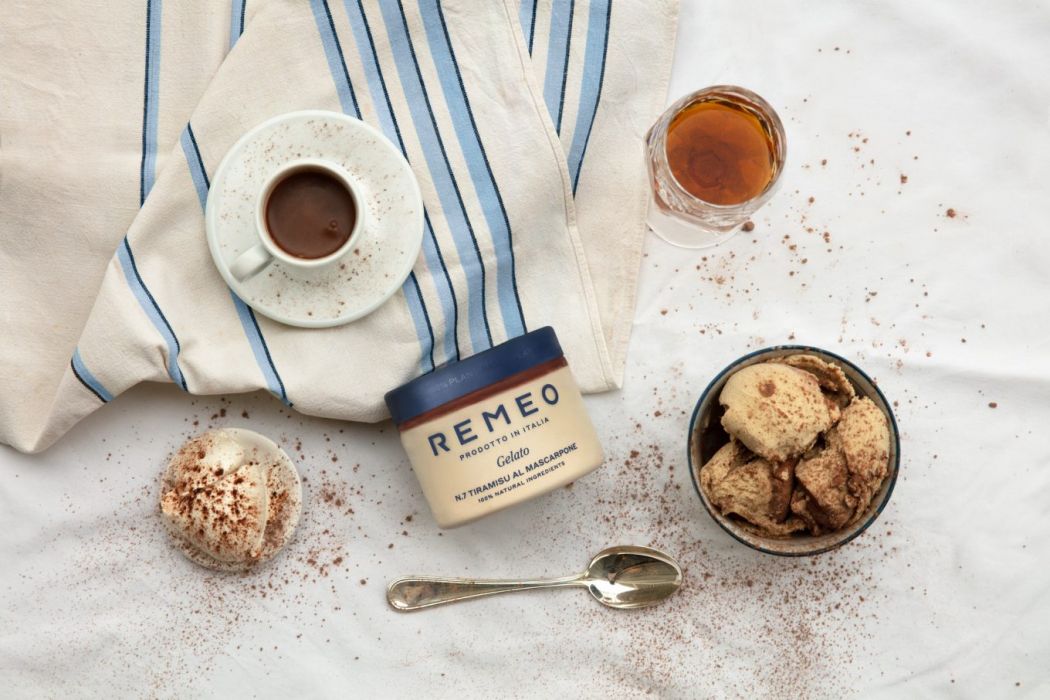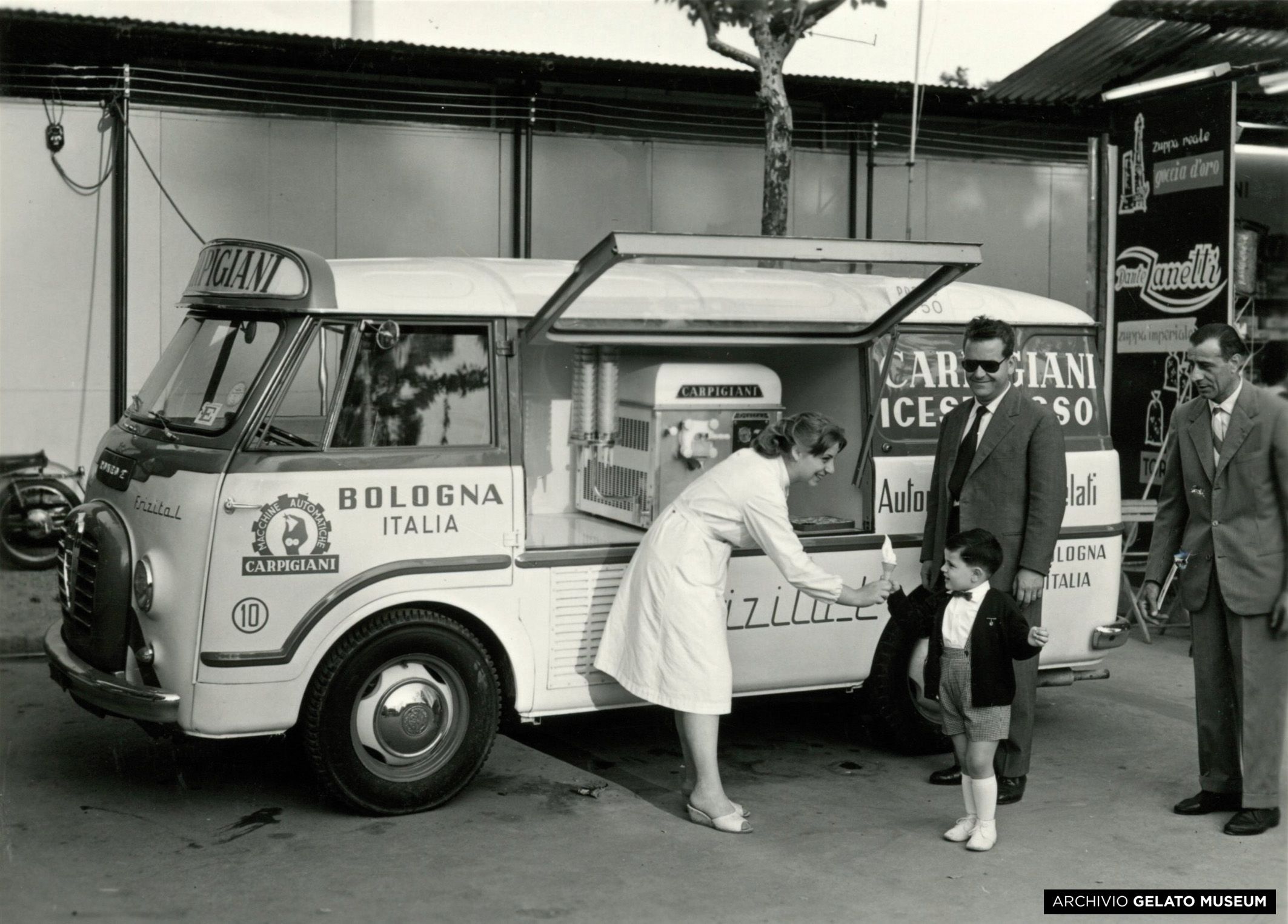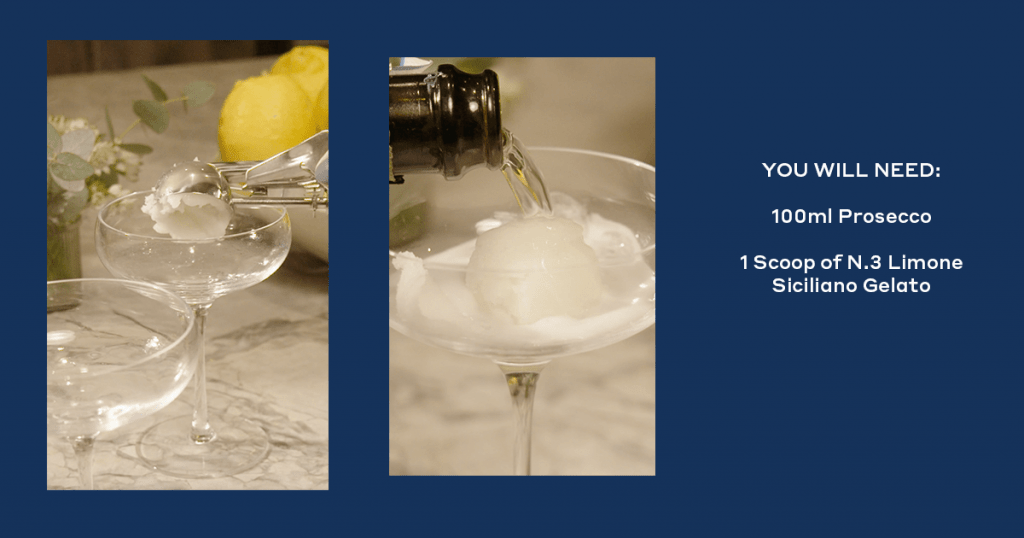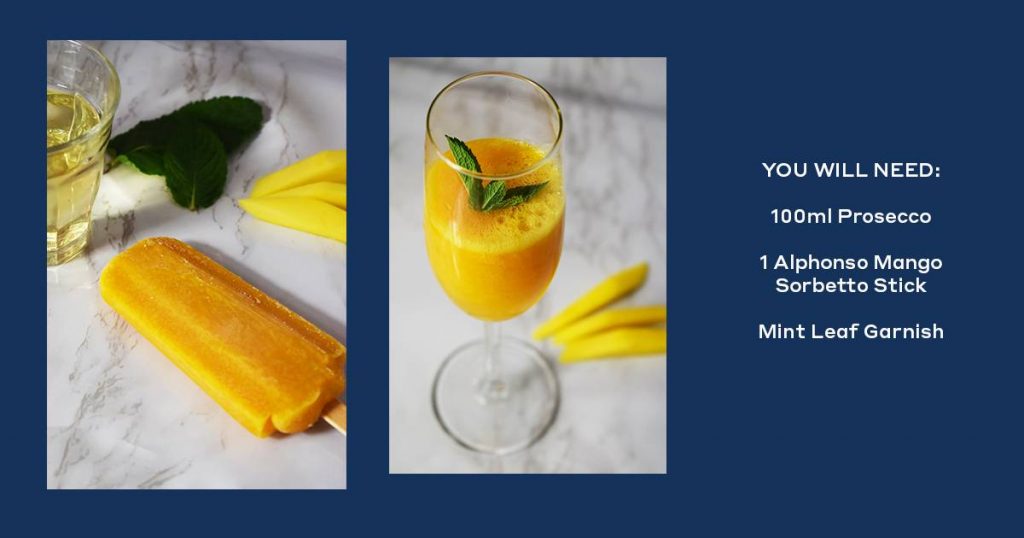Best Gelato in London
Italian artisanal gelato is immensely appreciated all over the world and consequently also in the magnificent city of London. There is a vast choice when it comes to such a big city, so follow this guide and discover what the most loved ice cream parlours in London are!
Best gelaterias in London
Gelato artiganale has conquered the entire world, which is why it is no surprise that the most famous city in the United Kingdom has a lot to offer regarding the most famous foods, wines, and quality ice creams. Through London’s neighbourhoods, from the busy and touristy Portobello Road, Soho, and Covent Garden to the streets of the suburbs in Richmond and Chelsea, we have compiled a list of gelaterias in London you must try!
Ice cream in Central London
La Gelatiera
This Covent Garden gelato parlour timidly opened its doors a few years ago in an attractive street near the famous St Martin’s Lane, surrounded by Mexican takeaways and contemporary art galleries. Today they have 3 locations and have fully maintained the original quality level of the ice creams handmade by Antonio, a genuine Calabrian who learned the art from his grandfather. Here you will find what is considered the best ice cream parlour in Covent Garden. Enjoy classic choices and different original and unique flavours, including: basil and chilli, dark chocolate sorbet, and their award-winning rosemary, honey, and orange peel. If you appreciate new, innovative, and unique desserts, try our new Sorbetto Sticks! Natural ice lollies that allow you to effortlessly consume a frozen dessert with no spoons, no cups, just the pleasure of an authentic Italian sorbetto.
Gelupo Gelato
This famous Italian gelateria has been open since 2010 and is one of London’s best ice cream shops. Jacob Kennedy’s decided to launch ice cream in Soho, where the Italian goodness is made on site every day, with classic flavours using refined ingredients. Specials rotate every week during the hot summer seasons, especially with seasonal fruits and fresh flavours. Still, it is known for its experimental ice creams that replace an aperitivo, including the Pimms gelato and Lemonade sorbet. If you dread the crowds of busy central London during the weekends and want to enjoy a soft, beautiful, smooth lemon sorbet from the privacy of your cosy home, try our Limone Siciliano Sorbet with our Ecuadorian Chocolate Gelato. Mhmm…buonissimo!
Ice cream shops in South London
3Bis
3Bis is a gelateria in London that can be found in the versatile and fun Borough Market. It is yet another Italian ice cream parlour in London, however, with a somewhat unusual name: it was, in fact, the house number of their first laboratory, which opened in Rimini in 1987. The first of their ice cream parlours in London has been between a cheese shop and a coffee shop in the heart of Borough Market since 2012. Throughout the summer there is a huge queue, but in winter you can sit down to have an excellent Italian hot chocolate, as well as wonderful ice cream of course. Try, among others, pistachio and mascarpone cream with caramelized pine nuts. You are sure not to be disappointed. When you get a late-night craving for these particular flavours, go to our online store and easily purchase our authentic Pistacchio Siciliano Gelato and Mascarpone gelato dessert.
Ice cream parlours in West London
Snowflake
Snowflake Luxury Gelato is one of the most famous gelaterias in South Kensington. Now a mini-chain, Snowflake South Kensington is an excellent quality ice cream parlour in London that, with elegance and modernity, offers classic flavours but also some more original and unique tastes. This premium Italian ice cream is handmade in the traditional way, using fresh milk from the island of Jersey (famous for its milk of excellent quality and substance), fresh fruit from the English countryside and nuts from Italy. They have 6 shops that testify to the success achieved with its Italian gelato: Snowflake also has an Italian ice cream maker, Paolo Rivieccio that ensures the quality and tradition are maintained. Alternatively, you can effortlessly enjoy luxury gelato at home with our Gelato Bundles, perfect for anyone that wants to sample the true Dolce Vita.
Ice cream in East London
Chin Chin Labs
Here is where you will find the best gelato in Shoreditch and where we also begin to move away from the traditional Italian way of making ice cream. Chin Chin Labs, in fact, offers gelato and sorbets made with liquid nitrogen. The result oscillates between a touch of chemistry and a little theatricality for a classy and original dessert. Currently, there are 3 gelaterias in London; some of their flavours include Tonka or coffee with olive oil, with a varied and almost unlikely choice of toppings (cinnamon toast, peanut sand, grilled white chocolate). If you find yourself visiting Shoreditch, Chin Chin Labs is a pleasant break. However, if you are still left with the need for authentic Italian gelato artisanale, check out our online store and browse our wide variety of natural and delicious gelato flavours, delizioso.

